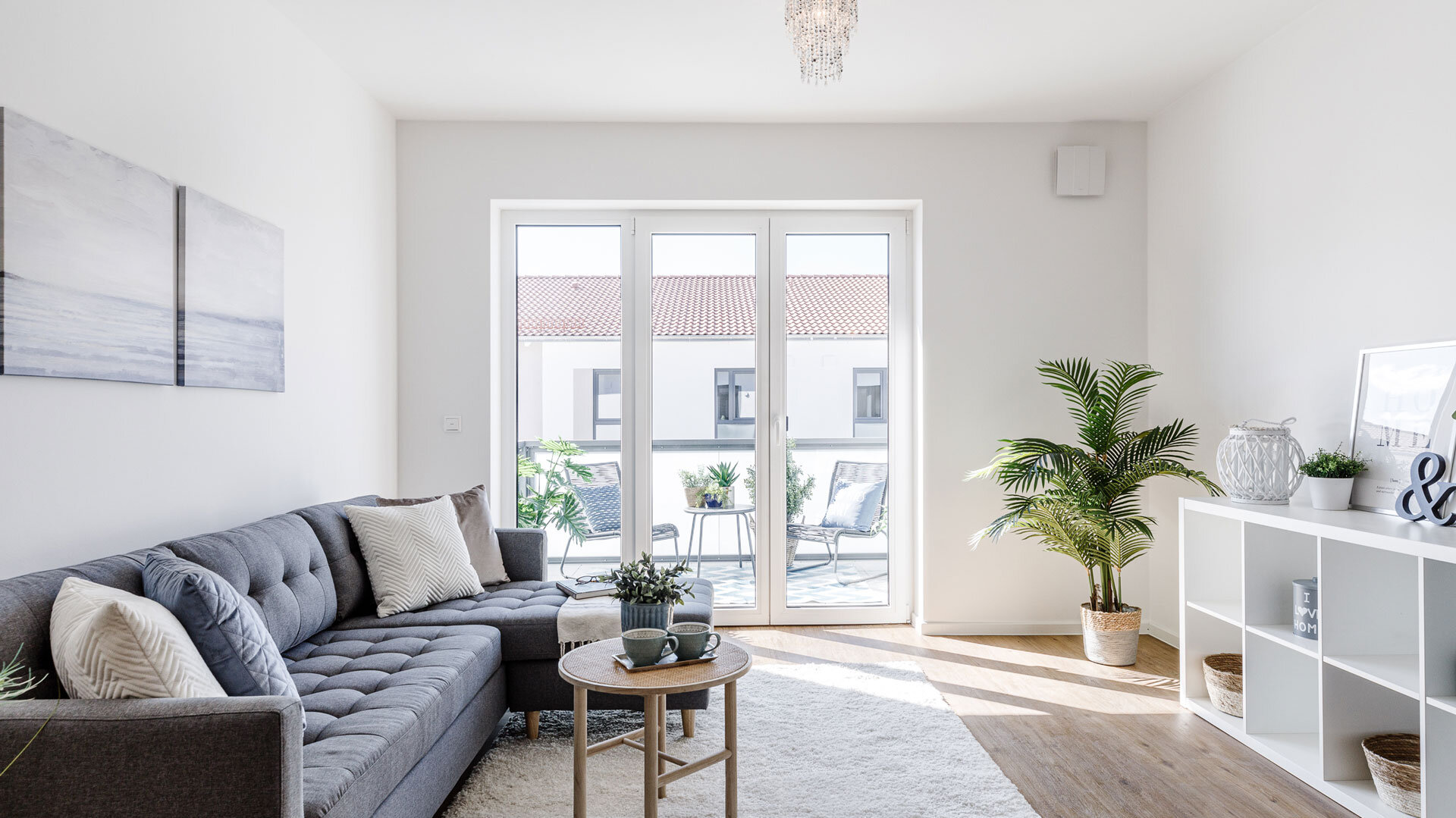The topic of subsidized housing is in the spotlight - and not just because the German Federal Minister of Construction is targeting the ambitious goal of 100,000 subsidized apartments a year. Rising ancillary costs mean that affordable housing will be in even greater demand. In a recent study, the portal "Immoscout" noted the increased demand for rental apartments compared to properties for sale due to the increased interest burden, which will further burden the rental market- and there is already a shortage of around 450,000 apartments in Germany. The experience of recent years shows that this amount of housing cannot be built by public companies alone: Around 55 percent of subsidized apartments in Germany are now being built by private investors.
For some time now, investors have been keen to invest their money in sustainable, socially responsible real estate, of which subsidized housing is undoubtedly one. While the returns are somewhat lower than in comparable projects in privately financed housing, investors in subsidized projects appreciate the long-term predictability of the returns - for example, through guaranteed rents over a long period of time. In addition, large insurance companies and pension funds like to invest in subsidized projects because they want to give something back to the people who have entrusted them with their money. HanseMerkur Grundvermögen AG (HMG), for example, has launched a special fund in cooperation with GBI that invests primarily in subsidized housing.
While the need is obvious in major cities such as Berlin, Munich or Hamburg, with their extremely overheated rental markets, investors encounter special challenges here. Land prices do not normally allow cost-covering construction unless cities intervene in a regulatory manner. Take Berlin, for example: Here, low-priced, state-owned land is only given to housing associations, which have, however, continuously reduced their construction departments over the past decades and are thus not prepared for large-scale new construction. Meanwhile, the lack of affordable housing is hitting cities to the core. Private investment and creative, non-ideological solutions are needed - supermarkets can be overbuilt with apartments, existing buildings can be raised, and commercial space can be repurposed. In the coming years, politicians and administrators will need to be flexible in order to develop ideas together with private investors.
At the moment, people in occupations that are in demand - but not exorbitantly paid - can no longer afford housing in the expensive cities and their suburbs from their incomes and often choose to move to rural areas. In fact, as GBI, we have been building primarily in smaller and medium-sized communities in recent years. Bavaria and Baden-Württemberg have created good conditions for investors with their staggered subsidy systems. In addition, there is a greater openness to mixed-use projects, which also allow a combination with privately financed projects or projects with a reduced price.
In some rural areas, rigid specifications that are no longer up to date are problematic. It can happen that high numbers (e.g. 1.5 spaces up to three per residential unit) for parking spaces or even underground garages make the overall project so expensive that it is no longer profitable. And this despite the fact that many residents in the lower income brackets do not even have their own cars or are willing to park outside and accept walking distances if it saves them money. Cities are more flexible and reduce requirements in such cases. On the other hand, the ideas of the municipalities sometimes do not match reality - anyone who wants to build a completely car-free neighborhood in the countryside is planning past the needs of the future residents.
Another factor to consider in rural areas is the reservations people sometimes have about so-called "social housing. Here, people are often surprised that, due to the differentiated subsidy models, many families from the middle class can already claim subsidized housing and that the fear of a "ghetto formation" is unfounded. Thorough and honest communication from politicians and private investors is needed to allay these fears. In addition, the architectural possibilities of subsidized housing are often underestimated - here, investors can and should pay attention to good building standards and architectural quality in their own interest.
Subsidized housing construction is a forward-looking task that can only be solved in close cooperation between politicians, administrators and private investors. Pragmatism and the renunciation of rigid specifications are needed in order to finally make faster progress.

